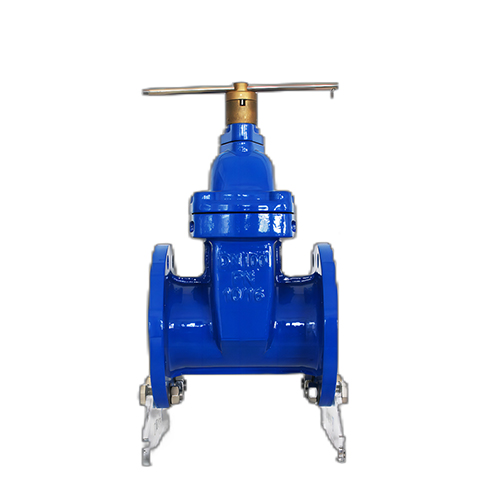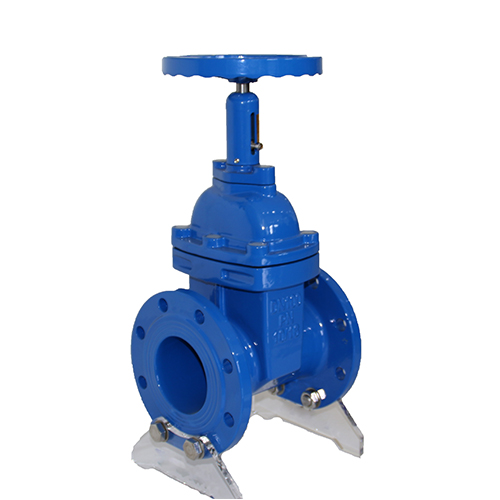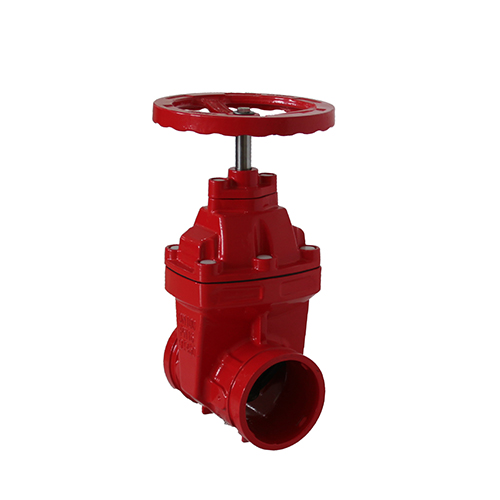The characteristics of the locking soft-sealed gate valve include:
1. Locking function: Through magnetic locks or other mechanical locking mechanisms, unauthorized personnel are prevented from opening or closing the valve at will to ensure the safe operation of the system.
2. Soft sealing technology: The gate plate made of elastic material is used to compensate for the slight deformation produced by the elastic material to achieve a good sealing effect.
3. Light operation: The switch action is light, which is convenient for remote control and on-site operation.
4. Excellent sealing: It has good sealing performance, reduces medium leakage, and ensures the normal operation of the pipeline system.
5. Long service life: Due to its reasonable design and proper maintenance, the locking soft-sealed gate valve has a long service life.
Application scenarios of lock-type soft-seal gate valves
Lock-type soft-seal gate valves are widely used in the following scenarios:
1. Heating and water supply systems: In heating and water supply systems, users can be remotely controlled to prevent illegal water or heat use.
2. Important pipe network systems: Installing on important pipe network systems or equipment can prevent non-operating personnel from opening or closing the valve by mistake and avoid accidents.
3. Industrial pipeline system: In industrial pipeline systems, it can be used to control the flow of media and protect pipelines and equipment.
Installation and maintenance precautions of lock-type soft-seal gate valves
When installing lock-type soft-seal gate valves, pay attention to the following points:
1. Installation position: Make sure the valve is installed in an appropriate position for easy operation and maintenance.
2. Locking mechanism: Check whether the locking mechanism is working properly to ensure that the valve can be properly locked or unlocked when needed.
3. Sealing performance: Regularly check the sealing performance of the valve, replace worn seals in time, and ensure the sealing effect of the valve.
4. Maintenance: Perform regular maintenance and maintenance according to the manufacturer's instruction manual to extend the service life of the valve.









